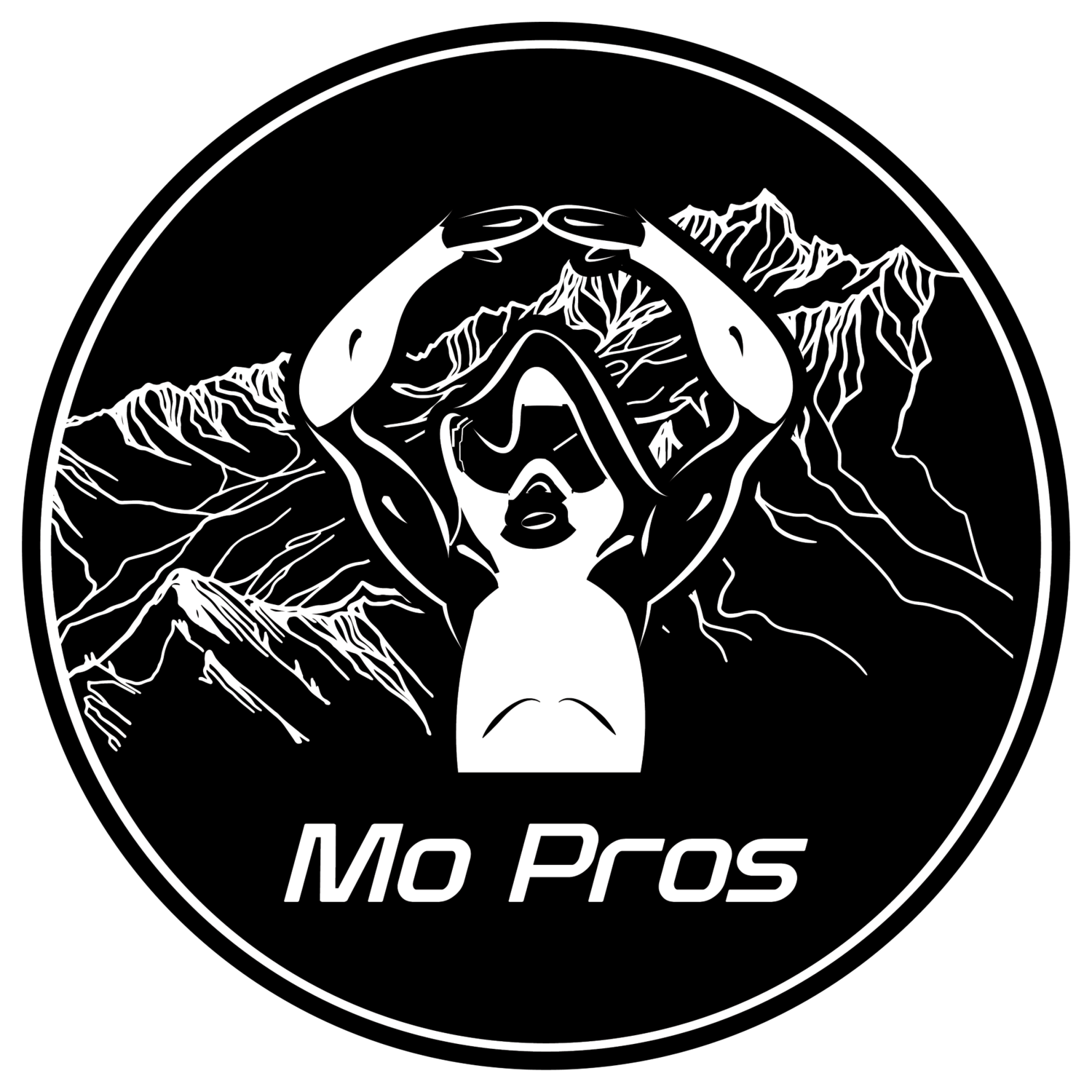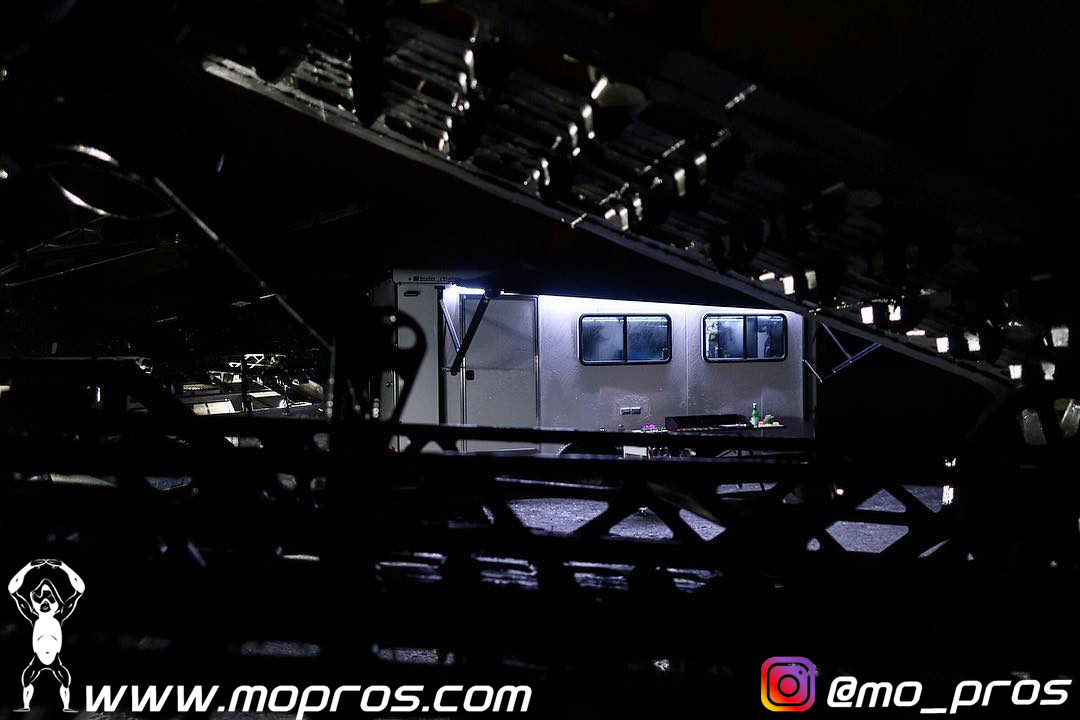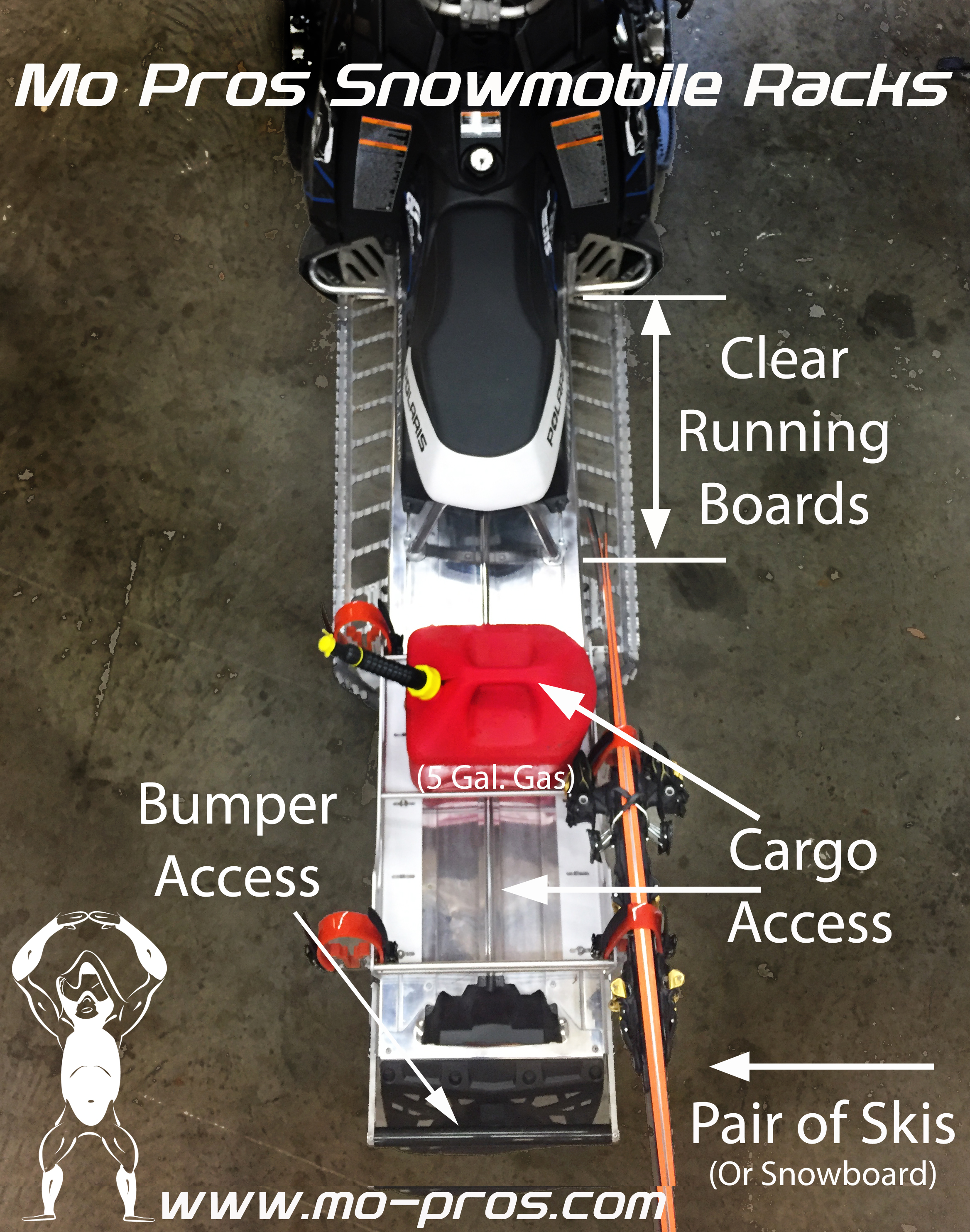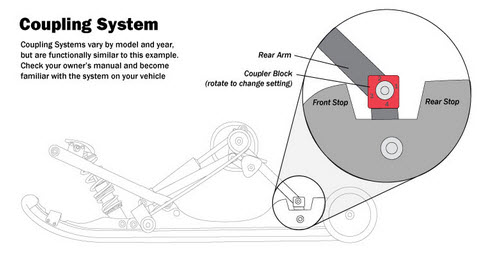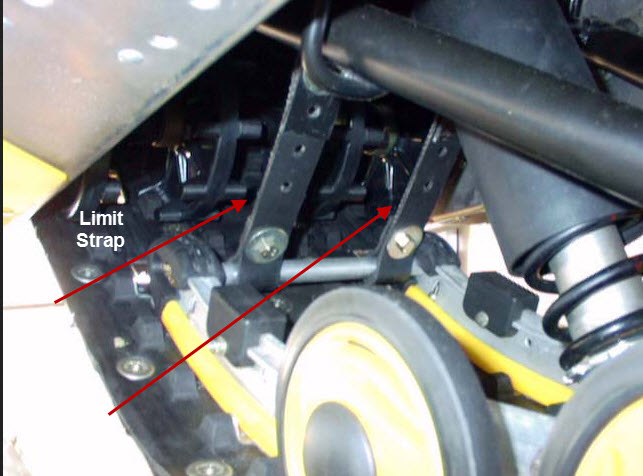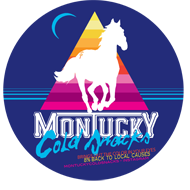So you’ve got your snowmobile, but how can you maximize it’s durability, versatility and utility? The answer is simple. Get a gear rack. These racks can carry any number of things, from dry bags keeping your gear safe and secures, to shovels, food, beer, skis, snowboards, fishing equipment and so much more. They also act as tunnel stiffeners keeping your sled solid and safe.
Why Do I Need a Rack?
Gear racks give you much more versatility than your conventional industry snowmobile bag. When you’re spending long days in the backcountry, safety is of utmost importance and there’s a few things to always make sure to keep with you, but you don’t want weighing down you backpack. Sometimes depending on where you’re sledding, the terrain and trails may not be accessible, for which you should always keep a shovel for several purposes, as well as something to clear trails, especially right at the start of the season or after storms. You can also carry many other accouterments, thanks to being easily configurable, such as camera tripods, fishing gear, food, water, a case of beer etc.
Considerations When Picking a Rack
The most important thing to look for is build quality. Look for a system not reliant on plastics or soft stainless steel screws, you don’t want the thing keeping all your stuff safe to suddenly break and destroy your things. Next, look for something configurable. Your days in the backcountry will vary, sometimes you might want to hit easy trails one day, go fishing the next day and aggressively shred all day the next.
Look for something that will solve as many problems as it can, and that can be even further configured with insulated dry bags such as the Mo Pros Empire Bag
A good lifetime warranty is also important. You’ll be switching this things between sleds and using it season after season, you want to make sure you’re covered if anything happens to go wrong.
You don’t want something that will fall apart with one kick, get something quality. When you’re using a rack for the foreseeable future, the little bit extra cost is worth the peace of mind.
Unexpected Benefits
Having your sled overheat in the spring time is a common issue. With a gear rack, you can pack it full of snow keeping your sled chill and stopping it from overheating. On the other side of the spectrum, certain designs of snowmobile racks can trap snow when you’re shredding in the regular season, putting unneeded weight on the tunnel, affecting how you ride. To avoid this, look for a rack that has enough holes and room on the sides to keep snow circulating, such as the Mo Pros Ajoosta Large rack.
While most racks focus on the ability to carry your skis and snowboards, they also provide the ability to sled up to a river, carry all your fishing gear, and have a chill day, to then hit the line you saw on the way there the next day.
A snowmobile rack supports a dynamic lifestyle rather than just being a backcountry skier, because sometimes it’s just about being able to spend some time in the mountains.
What if I Get a New Sled?
While not able to speak for all snowmobile racks, the Mo Pros Ajoosta rack is transferable between makes and models of snowmobiles. This is a one time purchase, instead of needing a new one every time you upgrade your sled.
